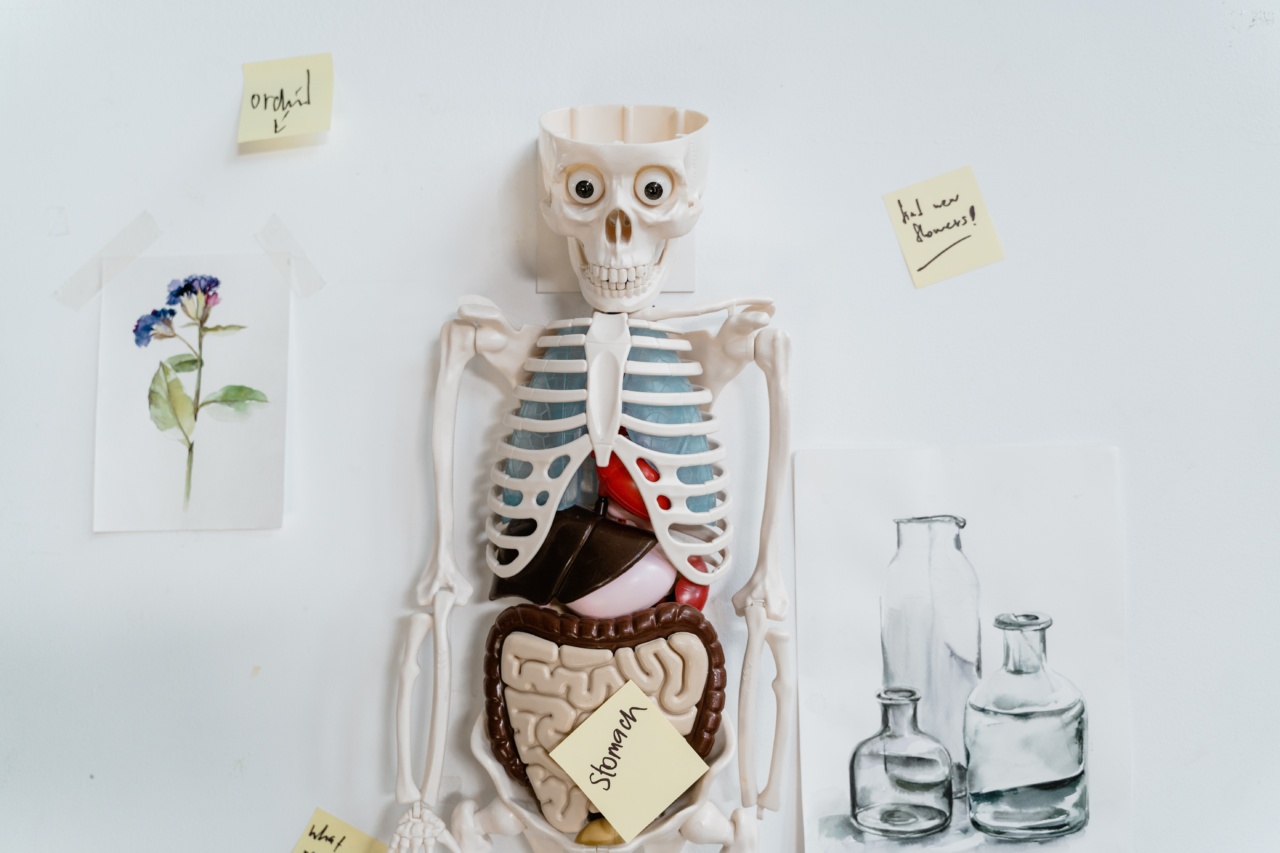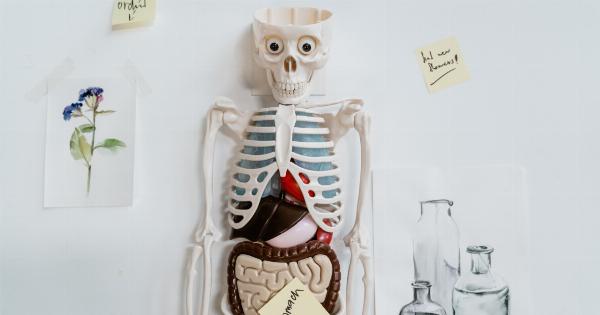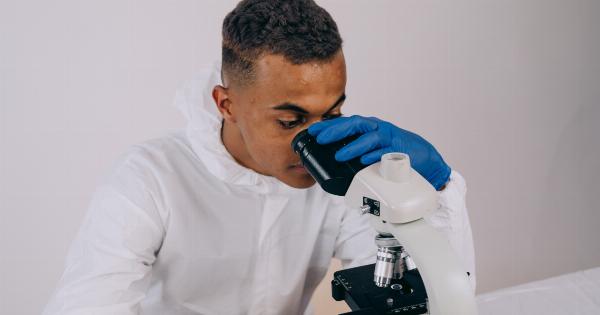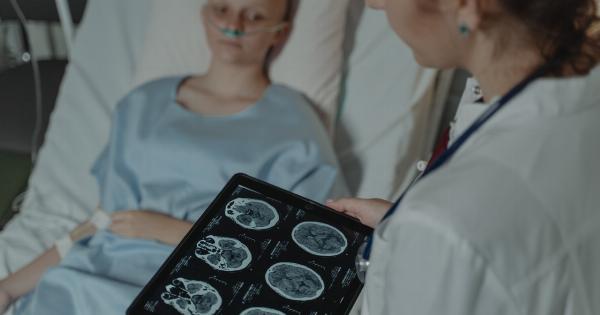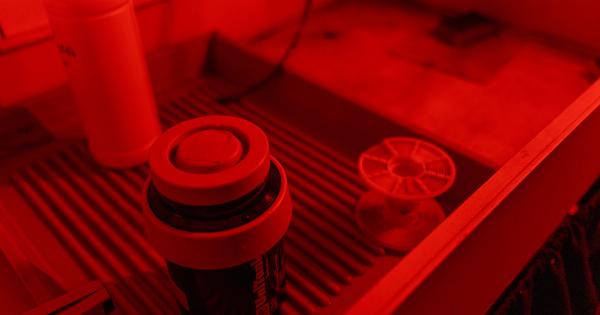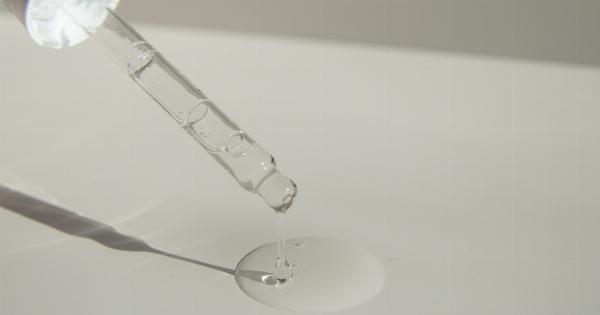In a groundbreaking feat of biomedical research, a team of scientists has successfully developed transparent internal organs.
This awe-inspiring achievement opens up a world of possibilities for various medical fields by revolutionizing the way we perceive and study organs inside the human body.
The Need for Transparency
For decades, medical professionals around the globe have relied on imaging techniques such as X-rays, ultrasounds, and CT scans to visualize organs within the body.
While these methods have undoubtedly advanced our understanding of anatomy and pathology, there have always been limitations in terms of resolution and depth perception.
Imagine being able to view an organ as if it was floating freely in front of you, with every intricate detail visible, from blood vessels to cellular structures.
This level of transparency would allow for unparalleled insights into the nature of diseases, organ function, and potential treatment options.
Overcoming the Obstacles
Creating transparent internal organs is no easy task. Organs are made up of tissues that possess different levels of opacity, and capturing a clear image through layers of tissue is a complex endeavor.
However, the dedicated team of scientists managed to overcome these obstacles and bring us one step closer to the realization of transparent organs.
The process relies on a technique called tissue clearing, which involves removing pigments and lipids that contribute to the opaque nature of organs.
By treating the organs with specialized solutions and employing advanced imaging technologies, the scientists were able to render the formerly opaque organs transparent.
The Implications for Medical Research
The impact of transparent internal organs on medical research and practice cannot be overstated. Let’s explore some of the key areas that stand to benefit from this groundbreaking development:.
1. Disease Research and Drug Discovery
Transparent organs provide researchers with unprecedented access to disease progression and the effects of potential treatments.
By visualizing diseases in real-time and at a cellular level, scientists can gain a deeper understanding of disease mechanisms and test the efficacy of various drugs or therapies.
Studying transparent organs could lead to the identification of new disease targets, the development of more effective treatments, and a significant reduction in the time required for drug discovery and clinical trials.
2. Organ Transplantation
Transparent organs offer a revolutionary approach to organ transplantation. Traditionally, transplant surgeons rely on donor matching, time-sensitive transport, and complex surgical procedures to ensure successful transplantation.
With transparent organs, surgeons can better evaluate the quality and condition of organs before transplantation, potentially reducing the risk of rejection and improving overall transplant outcomes.
Moreover, transplant researchers can study the long-term effects of transplanted organs with greater precision, leading to advances in immunosuppressive therapies and better strategies for organ preservation.
3. Surgical Planning and Education
One of the challenges in surgical planning and education is the lack of realistic and dynamic models representing internal organs.
Transparent organs provide a invaluable tool for surgeons to plan complex surgeries, accurately assess the relationships between organs, and simulate surgical procedures in a more lifelike manner.
Additionally, medical students and surgical trainees can benefit from the ability to study real, transparent organs without the need for cadavers or artificial models.
This hands-on experience can greatly enhance their understanding of human anatomy and improve their surgical skills.
4. Imaging Technologies
Transparent organs have the potential to revolutionize existing imaging technologies.
Conventional methods such as X-rays and CT scans have limitations in terms of resolution and contrast, often requiring additional invasive procedures or contrast agents to obtain more detailed images.
By employing transparent organs, imaging techniques can be significantly enhanced, leading to better diagnostic accuracy, earlier disease detection, and reduced radiation exposure for patients.
Researchers can also develop new imaging modalities specifically designed to make use of the transparency of organs, further advancing the field of medical imaging.
5. Tissue Engineering and Regenerative Medicine
Tissue engineering and regenerative medicine aim to create functional organs and tissues through artificial means.
Transparent organs provide invaluable insights into the structure and composition of healthy and diseased tissues, facilitating the development of bioengineered substitutes.
By studying transparent organs, researchers can gain a better understanding of tissue regeneration, cell growth, and the interactions between cells and ECM (extracellular matrix).
This knowledge can be applied to tissue engineering strategies, such as the development of scaffolds that mimic the native environment of organs and support cellular proliferation, migration, and function.
Conclusion
The creation of transparent internal organs by a dedicated team of scientists represents a true leap forward in the realm of biomedical research.
This achievement has profound implications for a wide range of medical fields, including disease research, organ transplantation, surgical planning, medical imaging, and the advancement of tissue engineering.
While transparent organs are still at the experimental stage, their potential impact cannot be understated.
As further refinements are made to the tissue clearing process and imaging technologies, we can anticipate even more remarkable breakthroughs that will revolutionize healthcare and improve patient outcomes.
